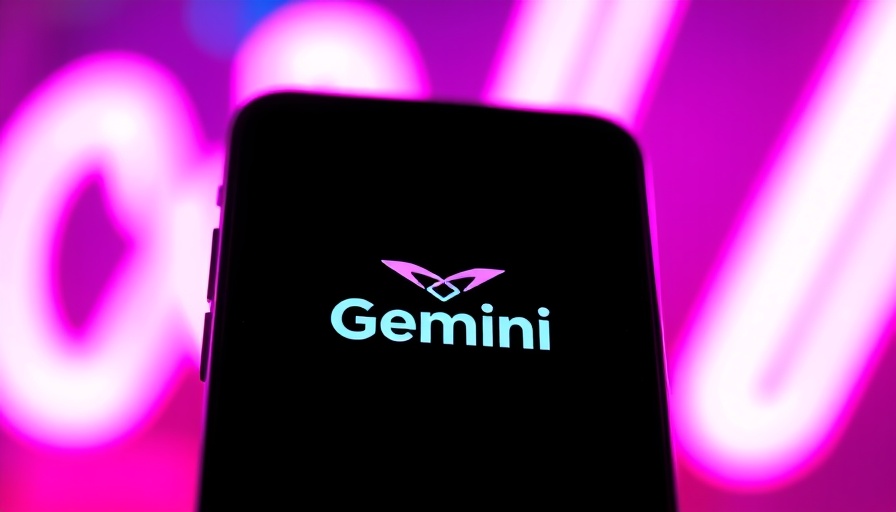
Transforming Trauma: The Power of Equine Therapy
Childhelp's new Adopt-a-Therapy-Horse program is a beacon of hope for children healing from the devastating effects of abuse and neglect. With the power of equine therapy at its core, this initiative not only emphasizes the unique bond between horses and children but also provides much-needed support for these gentle creatures who play a vital role in the healing process. Horses, known for their acute emotional sensitivity, can help children develop essential life skills, including trust and self-confidence. By engaging with these animals, children can experience a profound transformation, learning to express their feelings in a safe and supportive environment.
Understanding Equine Therapy and Its Benefits
Equine therapy has become a widely recognized form of intervention for children with trauma backgrounds. Through non-verbal communication, horses engage with children in ways that traditional therapy methods cannot achieve. This approach fosters emotional healing by allowing children to explore their feelings without the pressures often associated with spoken communication. According to studies, the presence of horses has been shown to lower anxiety levels and improve mood, making them ideal companions in therapeutic settings. These animals mirror the emotions of the children, creating opportunities for them to learn vital social skills while building resilience.
Meet the Therapeutic Horses: Partners in Healing
At the heart of the Adopt-a-Therapy-Horse program are the therapy horses, each with their unique stories and personalities. For instance, Tucker is not just a pony; he’s a wise companion who enjoys being pampered while providing comfort to children. On the other hand, Rizzo represents strength and discipline, teaching valuable lessons about boundaries and trust. By adopting a horse, participants are not merely contributing finances; they are becoming part of a compassionate community that believes in healing. Each adoption ensures that these animals receive the necessary care and training to continue their important work.
How the Adoption Process Works: A Heartfelt Contribution
Adopting a horse through this program is a symbolic yet impactful way to show support for Childhelp's mission. Each adoption helps cover vital costs such as veterinary care, feed, and training, securing the horses' roles in ongoing therapy sessions. In return for their contributions, adopters receive a certificate of adoption and regular updates about their horse's activities, allowing them to feel connected to the ongoing healing journey of the children they are helping. This creates a tangible connection between supporters and the impact of their generosity, reminding everyone involved of the potent bond of compassion.
Why Your Community Needs Programs Like This
As parents, understanding the various avenues available for helping children through difficult times is vital. Equine therapy provides an alternative that not only aids emotional recovery but also strengthens community bonds through shared support for a common cause. Programs like the Adopt-a-Therapy-Horse initiative are essential for nurturing the next generation, encouraging resilience, creativity, and emotional intelligence in children. By participating in initiatives that focus on healing, parents can actively engage in the transformative process, contributing to brighter futures not just for their children, but for all kids dealing with trauma.
Call to Action: Be a Part of This Transformative Journey
If you believe in the healing power of connection and compassion, consider participating in the Adopt-a-Therapy-Horse program. Your support can make a lif-changing difference for a child navigating the complex journey of recovery. Join us in nurturing healing by adopting a horse today and help continue this incredible journey of growth and healing.
 Add Row
Add Row  Add
Add 




Write A Comment